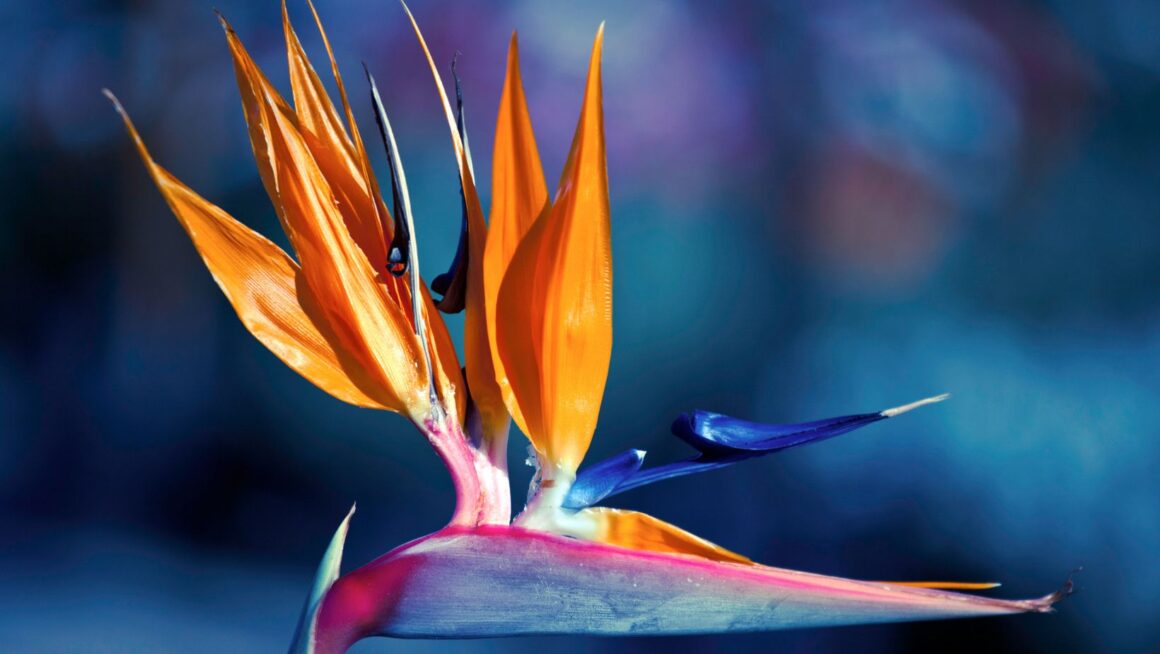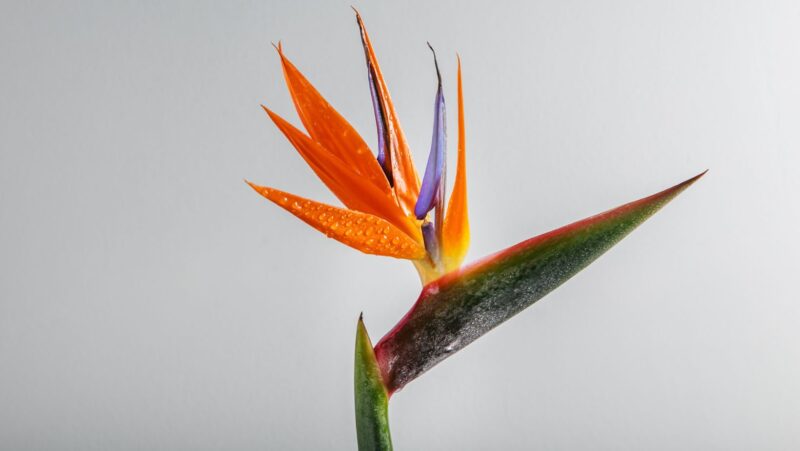 The Bird of Paradise plant, with its vibrant, tropical flowers and large, glossy leaves, has become a popular choice for indoor and outdoor gardeners alike. Known for its striking resemblance to a bird in flight, this plant brings an exotic flair to any space. However, its captivating beauty comes with specific care requirements to ensure it thrives and blooms year after year.
The Bird of Paradise plant, with its vibrant, tropical flowers and large, glossy leaves, has become a popular choice for indoor and outdoor gardeners alike. Known for its striking resemblance to a bird in flight, this plant brings an exotic flair to any space. However, its captivating beauty comes with specific care requirements to ensure it thrives and blooms year after year.
Caring for a Bird of Paradise plant involves more than just watering and occasional fertilizing. Understanding the right light conditions, soil type, and humidity levels can make all the difference in its growth and health.
Bird Of Paradise Plant Care
Origins and Characteristics
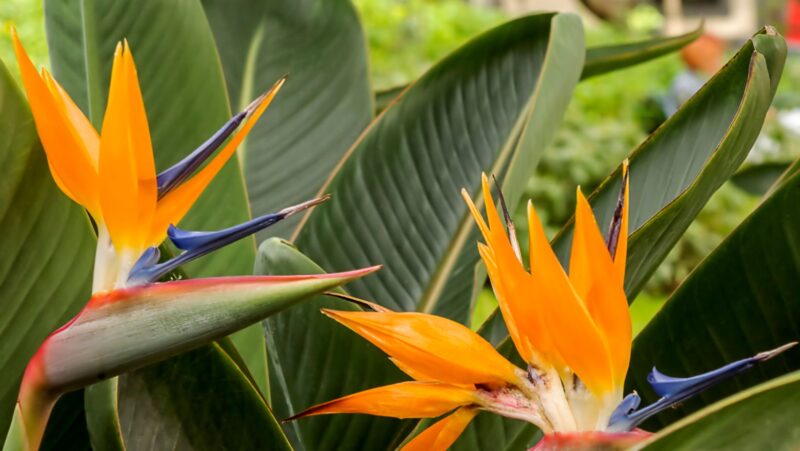 The Bird of Paradise, originating in South Africa, stands as a hallmark of tropical beauty in the flora world, fascinating gardeners and plant enthusiasts alike with its unique appearance. Known scientifically as Strelitzia, this plant mimics the shape of a bird in flight through its vibrant flowers and glossy, banana-shaped leaves, creating a visual spectacle. Adapted to thrive in warm, subtropical environments, the Bird of Paradise requires specific care to flourish, including ample sunlight, well-draining soil, and consistent moisture. Its ability to adapt to both indoor and outdoor settings makes it an ideal candidate for a variety of gardening projects, demanding attention to detail in its care regime to ensure its health and the development of its characteristic flowers.
The Bird of Paradise, originating in South Africa, stands as a hallmark of tropical beauty in the flora world, fascinating gardeners and plant enthusiasts alike with its unique appearance. Known scientifically as Strelitzia, this plant mimics the shape of a bird in flight through its vibrant flowers and glossy, banana-shaped leaves, creating a visual spectacle. Adapted to thrive in warm, subtropical environments, the Bird of Paradise requires specific care to flourish, including ample sunlight, well-draining soil, and consistent moisture. Its ability to adapt to both indoor and outdoor settings makes it an ideal candidate for a variety of gardening projects, demanding attention to detail in its care regime to ensure its health and the development of its characteristic flowers.
Varieties of Bird of Paradise
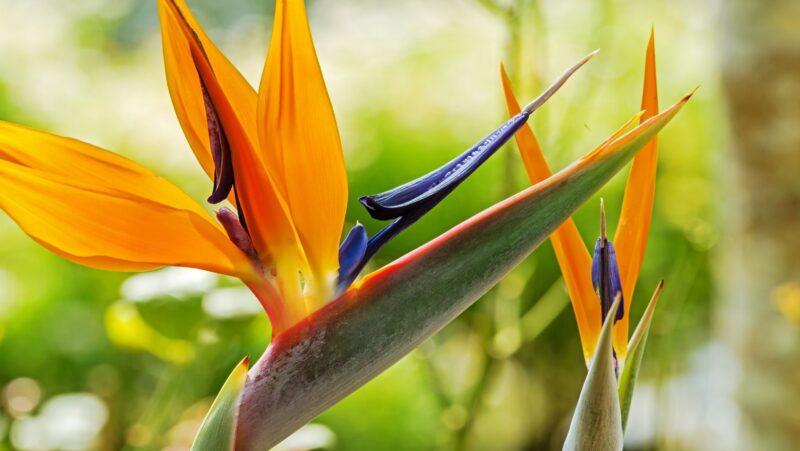 Among the Bird of Paradise species, two varieties stand out for their popularity in cultivation: Strelitzia reginae and Strelitzia nicolai. Strelitzia reginae, often referred to as the Orange Bird of Paradise, showcases smaller stature with vibrant orange and blue flowers, making it a preferred choice for indoor decor. In contrast, Strelitzia nicolai, known as the Giant Bird of Paradise or White Bird of Paradise, reaches towering heights and produces white and blue flowers, lending a dramatic flair to outdoor landscapes or large indoor spaces. Both varieties share similar care requirements but differ in their visual appeal and growth habits, catering to various preferences and gardening spaces.
Among the Bird of Paradise species, two varieties stand out for their popularity in cultivation: Strelitzia reginae and Strelitzia nicolai. Strelitzia reginae, often referred to as the Orange Bird of Paradise, showcases smaller stature with vibrant orange and blue flowers, making it a preferred choice for indoor decor. In contrast, Strelitzia nicolai, known as the Giant Bird of Paradise or White Bird of Paradise, reaches towering heights and produces white and blue flowers, lending a dramatic flair to outdoor landscapes or large indoor spaces. Both varieties share similar care requirements but differ in their visual appeal and growth habits, catering to various preferences and gardening spaces.
Essential Bird of Paradise Plant Care Tips
The subsequent care tips delve into the key aspects imperative for the prosperity of both the Strelitzia reginae and Strelitzia nicolai varieties.
Ideal Lighting Conditions
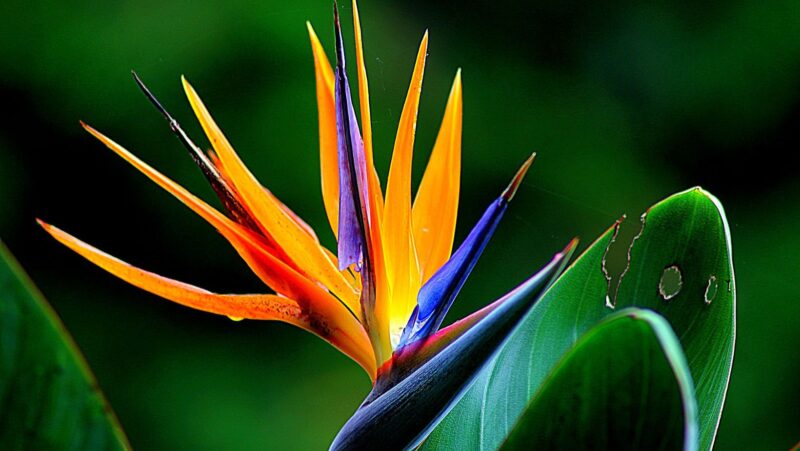 The Bird of Paradise plant thrives in bright, indirect light. It requires at least six hours of sunlight daily to maintain its lush, green foliage and to foster the development of its distinctive flowers. Direct exposure to harsh sunlight might scorch the leaves, thus a spot where sunlight is filtered through sheer curtains or positioned a few feet away from a sunny window is optimal. For plants situated outdoors, semi-shade provides a balance, allowing them to bask in the sun without the risk of leaf burn.
The Bird of Paradise plant thrives in bright, indirect light. It requires at least six hours of sunlight daily to maintain its lush, green foliage and to foster the development of its distinctive flowers. Direct exposure to harsh sunlight might scorch the leaves, thus a spot where sunlight is filtered through sheer curtains or positioned a few feet away from a sunny window is optimal. For plants situated outdoors, semi-shade provides a balance, allowing them to bask in the sun without the risk of leaf burn.
Watering Needs for Optimal Growth
 Maintaining consistent moisture is pivotal for the Bird of Paradise plant, but it’s crucial to avoid waterlogging. During the growing seasons of spring and summer, the soil should be kept slightly moist, and watering should be reduced in fall and winter to prevent root rot. The use of well-draining soil ensures excess water can escape, which aligns with the plant’s need for balanced moisture. A general rule is to water once the top inch of soil becomes dry to the touch.
Maintaining consistent moisture is pivotal for the Bird of Paradise plant, but it’s crucial to avoid waterlogging. During the growing seasons of spring and summer, the soil should be kept slightly moist, and watering should be reduced in fall and winter to prevent root rot. The use of well-draining soil ensures excess water can escape, which aligns with the plant’s need for balanced moisture. A general rule is to water once the top inch of soil becomes dry to the touch.
The Importance of Humidity
 A high humidity level mirrors the Bird of Paradise’s tropical origins, promoting healthy growth. Indoor environments, especially during winter, can become too dry for these plants, leading to brown leaf edges. To counter this, placing a humidity tray filled with pebbles and water beneath the plant’s container or using a humidifier can significantly improve ambient moisture levels. Misting the leaves regularly also contributes to elevating the humidity around the plant.
A high humidity level mirrors the Bird of Paradise’s tropical origins, promoting healthy growth. Indoor environments, especially during winter, can become too dry for these plants, leading to brown leaf edges. To counter this, placing a humidity tray filled with pebbles and water beneath the plant’s container or using a humidifier can significantly improve ambient moisture levels. Misting the leaves regularly also contributes to elevating the humidity around the plant.
Soil Preferences and Potting Tips
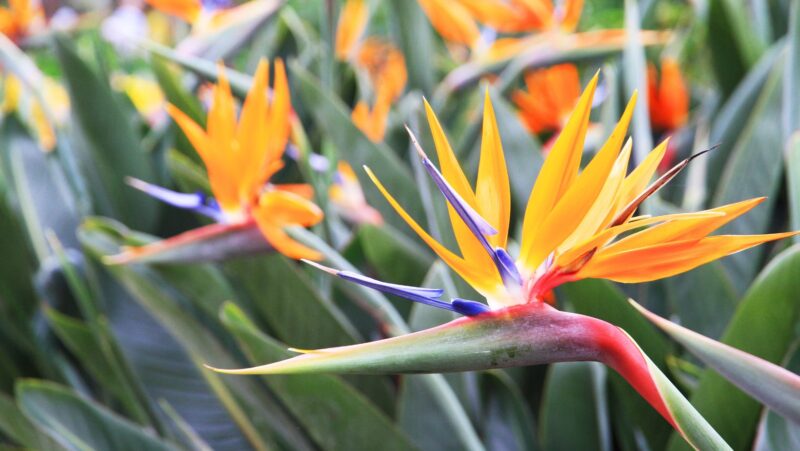 Well-draining soil rich in organic matter facilitates the robust health of the Bird of Paradise plant. A mix of two parts peat, one part perlite, and one part compost provides an excellent foundation promoting good drainage and nutrient retention. Repotting should occur every two to three years to accommodate the plant’s rapid growth and to refresh the soil, which depletes nutrients over time. Choosing a pot with ample drainage holes is a must to prevent water from pooling at the bottom and causing root rot.
Well-draining soil rich in organic matter facilitates the robust health of the Bird of Paradise plant. A mix of two parts peat, one part perlite, and one part compost provides an excellent foundation promoting good drainage and nutrient retention. Repotting should occur every two to three years to accommodate the plant’s rapid growth and to refresh the soil, which depletes nutrients over time. Choosing a pot with ample drainage holes is a must to prevent water from pooling at the bottom and causing root rot.


